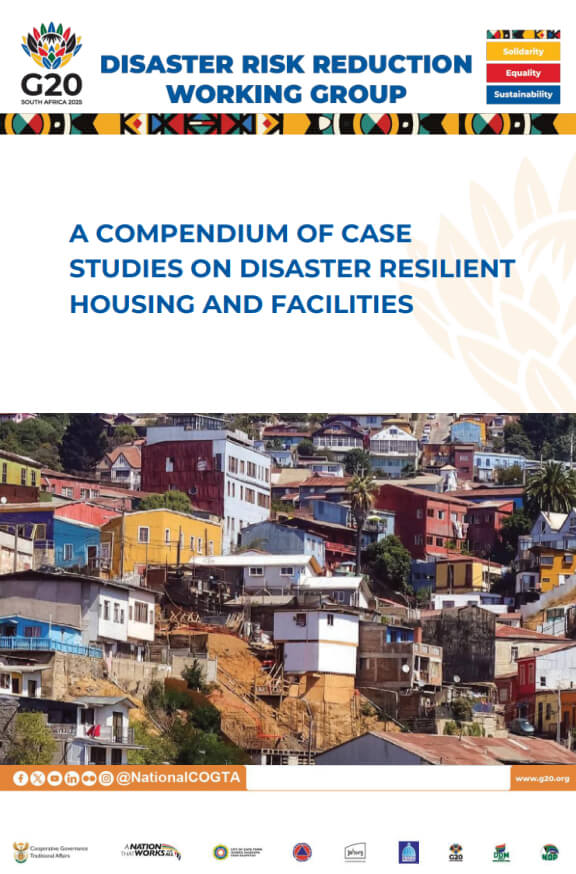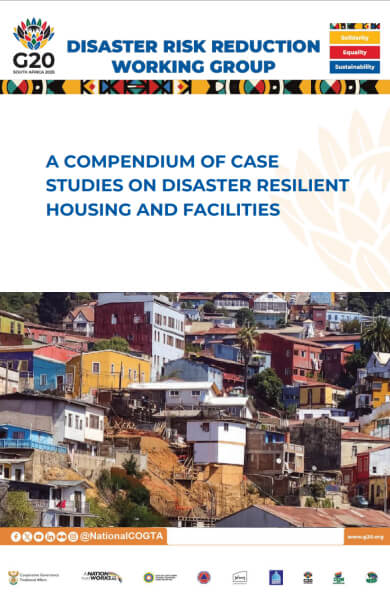This compendium showcases 26 global case studies on disaster resilient housing and infrastructure, emphasizing climate adaptation, community-led recovery, and inclusive development.
It highlights scalable models like India’s PMAY-G, Indonesia’s RISHA prefab homes, and Japan’s seismic retrofitting policy. Owner-driven reconstruction, vernacular architecture, and gender-inclusive approaches are central themes. Countries such as Afghanistan, Mozambique, and Colombia demonstrate effective post-disaster housing solutions through the use of local materials, training, and policy reform. Innovations include Singapore’s environmental modelling, UK’s integrated flood resilience, and UAE’s passive cooling via Barjeel towers.
The compendium aligns with the Sendai Framework and G20 DRRWG priorities, offering actionable insights for policymakers, engineers, and NGOs to reduce vulnerability, enhance resilience, and promote sustainable housing solutions globally.
Key points
- Owner-driven housing reconstruction empowers communities and ensures resilient recovery.
- Traditional architecture offers climate-adaptive, cost-effective disaster resilience solutions.
- Financial subsidies and training improve housing safety and structural compliance.
- Multi-sector collaboration strengthens disaster preparedness and infrastructure sustainability.
- Community engagement enhances equity, inclusion, and long-term housing resilience.
- Integrated planning reduces vulnerability and supports scalable housing reconstruction models.






